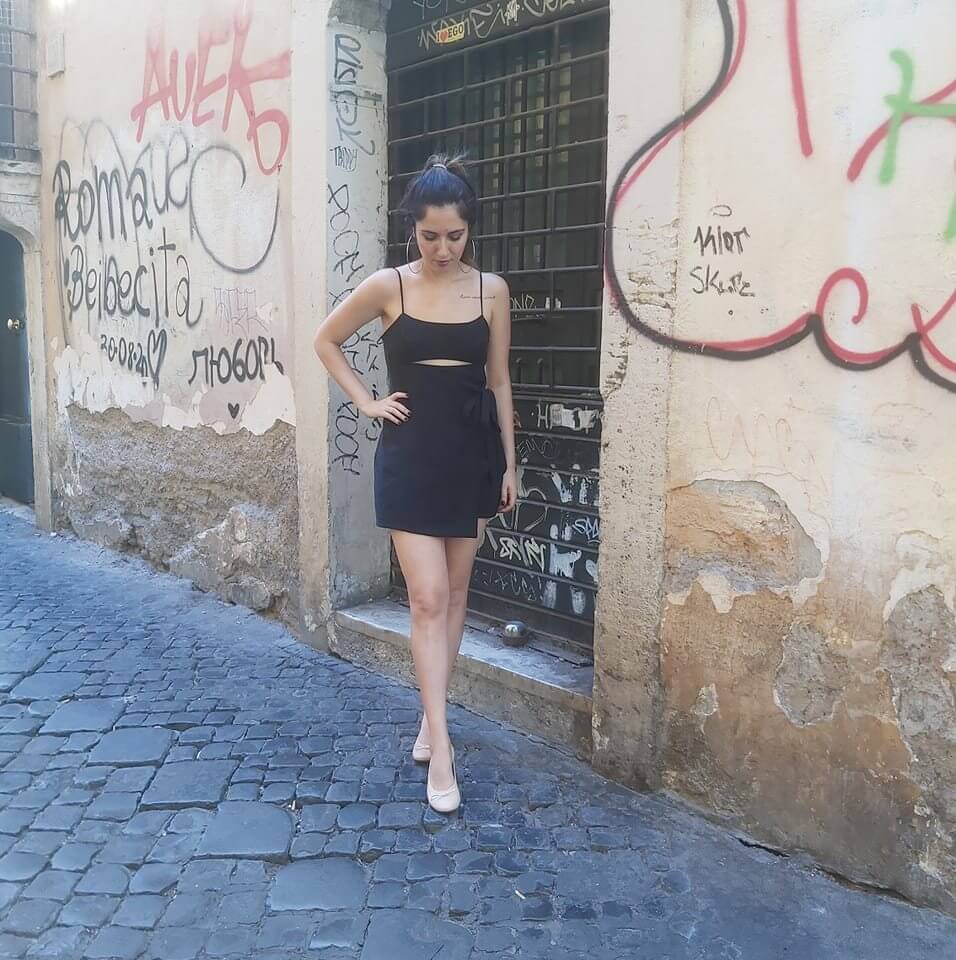Style: A Reflection of Your Attitude and Personality
When I begin to work with a new client, my first task is to understand their unique sense of personal style. I do this because I want to craft an image that feels authentic to who they are, both inside and out.
Why Personal Style Matters
The clothes you wear can have a significant impact on your confidence and overall happiness. Research confirms that fashion can have a psychological effect on how we feel and how others perceive us. When you feel good in your clothes, it boosts your self-esteem and sense of well-being.
Fashion is not just about following trends—it’s about self-expression. People often start by changing their style as a way to improve both their personal and professional lives. Choosing the right clothes can send powerful messages about who you are.
What is Personal Style?
Personal style is how you express yourself through fashion, makeup, accessories, and hairstyles. It’s a reflection of your personality, and it’s both timeless and unique. While some people follow fashion trends, others prefer to develop a style that’s all their own. I personally believe in blending timeless elements of personal style with trendy pieces—though not every trend suits my taste.
If you want help discovering your fashion style, I’m here to guide you. Alternatively, here are some tips to help you find your own style.
1. Acknowledge What Has and Hasn’t Been Working for You
To figure out your personal style, it’s essential to be honest with yourself. Think about the pieces in your wardrobe that you’ve bought but never wore. Perhaps you loved them initially, but they didn’t quite align with your true style. It’s common to hold onto items that you don’t actually feel comfortable in.
Start by assessing what clothes make you feel empowered versus those that make you feel disempowered. Your wardrobe should reflect who you truly are.
2. Determine How You Would Like to Be Perceived
Personal style isn’t just about looking good; it’s also about how you want to be perceived. Think about the messages you want your clothes to send. Do you want to look sophisticated, trendy, powerful, or stylish? Defining this will help you shape your wardrobe choices and refine your image.
3. Find Inspiration for Your Personal Style
Every stylish person has an inspiration source. It might be a movie character, a celebrity, a friend, or even someone you’ve seen on the street. Make a list of people who inspire you and examine their styles. Social media platforms, such as Pinterest and Instagram, are great places to discover fashion ideas and trends.
Consider creating a mood board by collecting images of outfits and styles you love. This will help you visualize the kind of look you’re aiming for.
4. Review Your Wardrobe
Once you’ve honed in on your personal style, take a good look at your wardrobe. Remove any items that no longer align with your style or no longer fit. Donate or sell clothes that aren’t serving your goals, and keep only those pieces that match your desired style.
5. Consider Your Body Shape
No matter your body shape, the right clothing can make you look flawless. Focus on accentuating the features you love, and experiment with different shapes, fabrics, and cuts to see what works best for your body. Understanding your body shape will help you choose clothing that flatters your figure and boosts your confidence.
6. Learn the Power of Color Coordination
Color plays a major role in fashion. Certain colors flatter your skin tone, while others may not. It’s crucial to develop a color palette that works for you. Some colors enhance your features, while others may need to be avoided. Learning how to combine colors in a way that complements your style and body can make a huge difference.
You can also work with me to do a personalized color analysis and find the best colors for your wardrobe.
7. Build Your Signature Image
Once you’ve clarified your personal style and reviewed your wardrobe, it’s time to build your signature image. Start experimenting with new combinations and invest in the missing pieces that will help complete your wardrobe. Remember, personal style is about creativity and playing with different clothing and accessories that reflect your tastes.
For example, a classic black dress can become your signature look when paired with accessories that represent your personality—be it a bold earring, a sleek bag, or a stylish pair of shoes.
Conclusion
Creating your personal style is about more than just following trends—it’s about expressing your unique personality and feeling confident in who you are. By acknowledging what works for you, identifying the right pieces for your body and lifestyle, and experimenting with color and accessories, you can build a wardrobe that truly represents you.
Ready to define your personal style? Contact me today to get started!
Related Posts
How Art History Influences Fashion Design: Exploring Key Art Movements
Simple Yet Stylish: How to Create Fashionable Outfits from Basic Wardrobe Pieces
How to Wear a Sweatshirt: 10 Stylish and Comfortable Outfit Ideas


